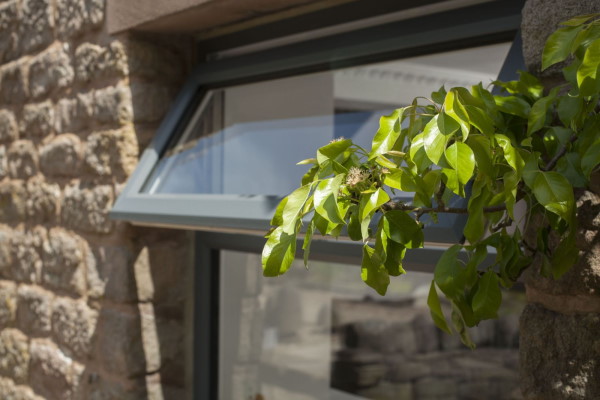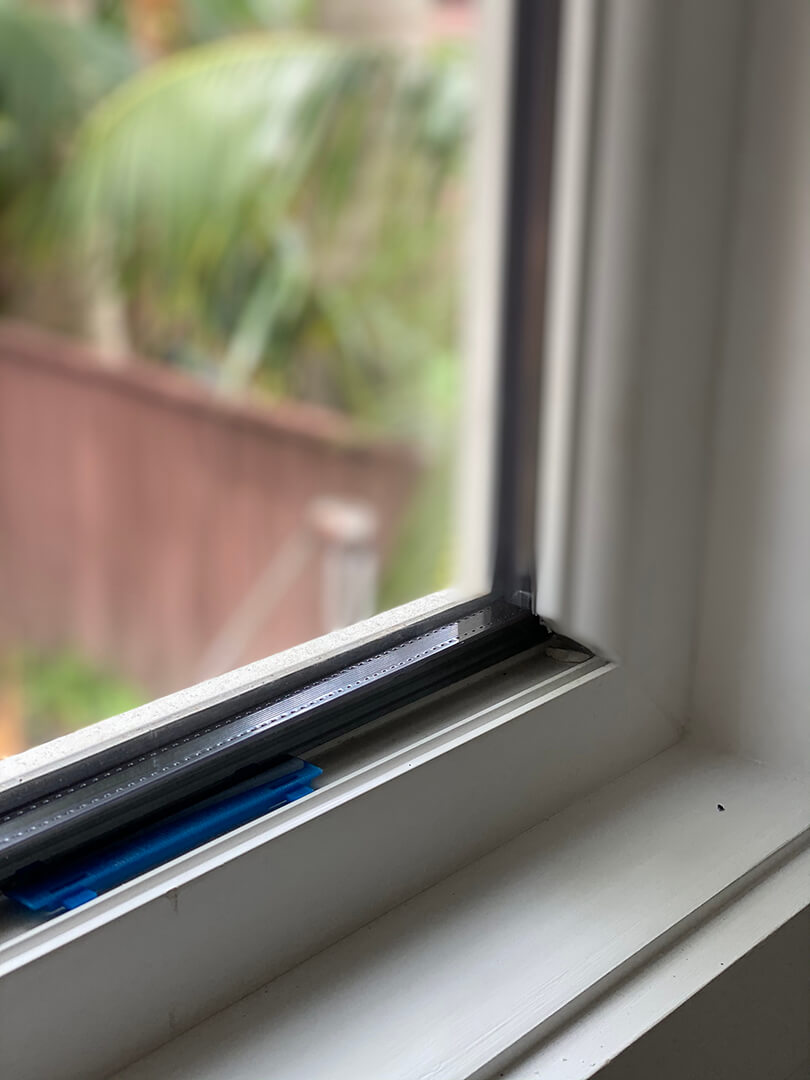All Categories
Featured
Table of Contents
What Are Double Glazed Windows? in Darlington Western Australia
That window can transmit more solar heat in winter season than in summer. A west-facing window on a summertime's afternoon has an angle of incidence from near 0 as much as 30 with a large effective location of solar radiation. A north-facing window, in summer, has a high angle of occurrence and a low effective area of solar radiation, so can transmit less heat than a west-facing one.

You can rapidly and quickly improve the thermal performance of your house by replacing your windows. There are thousands of types of glass and frames to select from.
What Are Double Glazed Windows? in Huntingdale Perth
Single glazing with clear glass is not very effective when it comes to heat loss or gain. To enhance performance, you can use single glazing with a more energy-efficient type of glass such as low emissivity (low-e) glass.
The energy efficiency of IGUs also depends on: the properties of each layer of glass. Different glass types (for example, clear and low-e glass) can be put together in an IGU.
Insulated Glass Unit – Igu in Beldon WA

IGU cavities can be filled with air or a more inert, low-conductivity gas such as argon the width of the cavity. Broader cavities supply lower (better) U values, with 12mm usually accepted as the favored gap how well the cavity is sealed.
If argon is installed to the cavity in place of air, moisture is dependably omitted the level of desiccant (drying agent). The spacer (metal or polymer strip) that separates the glass layers consists of a desiccant to soak up any moisture. Inadequate desiccant might trigger moisture to condense on the glass surface in cold conditions, decreasing thermal performance.
Save Energy With Double Glazed Windows in Hamilton Hill Western Australia
In fact, IGUs can provide much better energy performance for all climates, especially in heated and air-conditioned houses. Cross-section detail of single, double and triple-glazing units Low emissivity glass (typically called low-e glass) lowers heat transfer. Low-e glass might be either high or low transmission: High transmission low-e glass has a finishing that allows daytime from the sun to enter the home to achieve good solar heat gain, however minimizes the amount of the long wavelength infrared heat that can leave back through the window.
Low-e glass has either a pyrolytic finishing or a vacuum-deposited thin movie metal coating. Pyrolytic coatings are long lasting and can be utilized for any glazing; vacuum-deposited coatings are soft and are only utilized within IGUs. Low-e coatings can significantly improve both U value and SHGC; however, they must be used properly or they will either deteriorate or fail to carry out as needed.
Double Glazing Windows - The Best Installers In The Uk ... in Embleton Perth
Low-e finishings can be utilized in mix with clear, toned or reflective glass. Low-e finishings on glazing can decrease heat transfer where needed Photo: Department of Market, Science, Energy and Resources Toned glass has actually colouring ingredients consisted of throughout manufacture. It is readily available in various colours, usually bronze, grey, blue and green.
Latest Posts
Why Is Double Glazing So Important In Winter? in Floreat Western Australia
Pros And Cons Of Argon Gas In Windows in Bedford Perth
Can I Have Double Glazing In A Summerhouse? in Madeley Perth